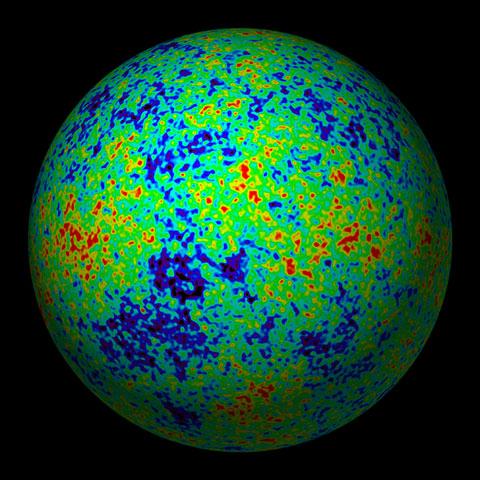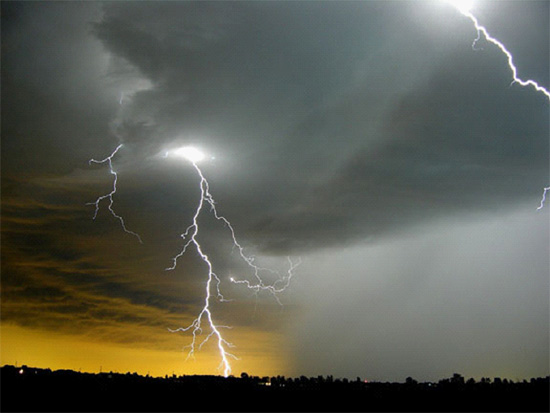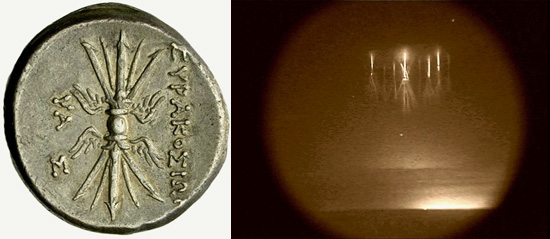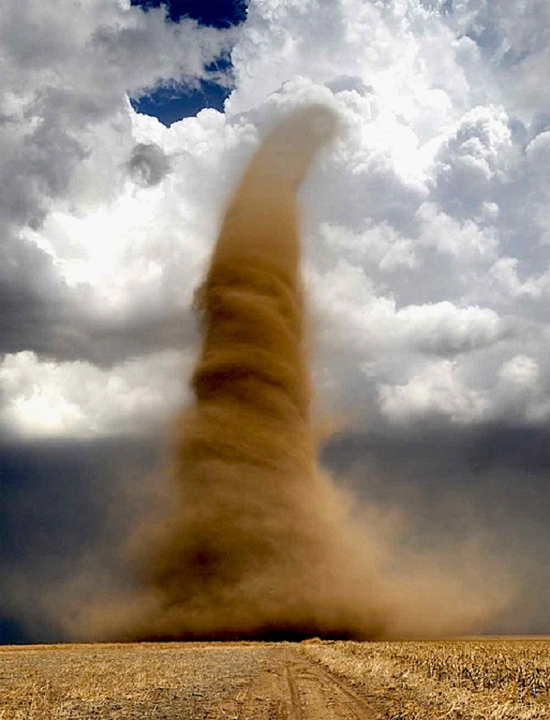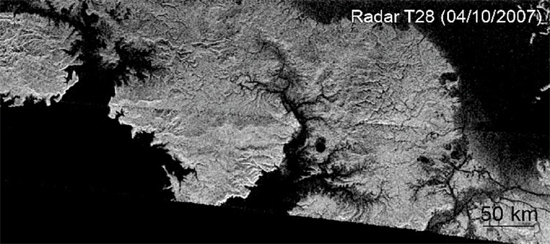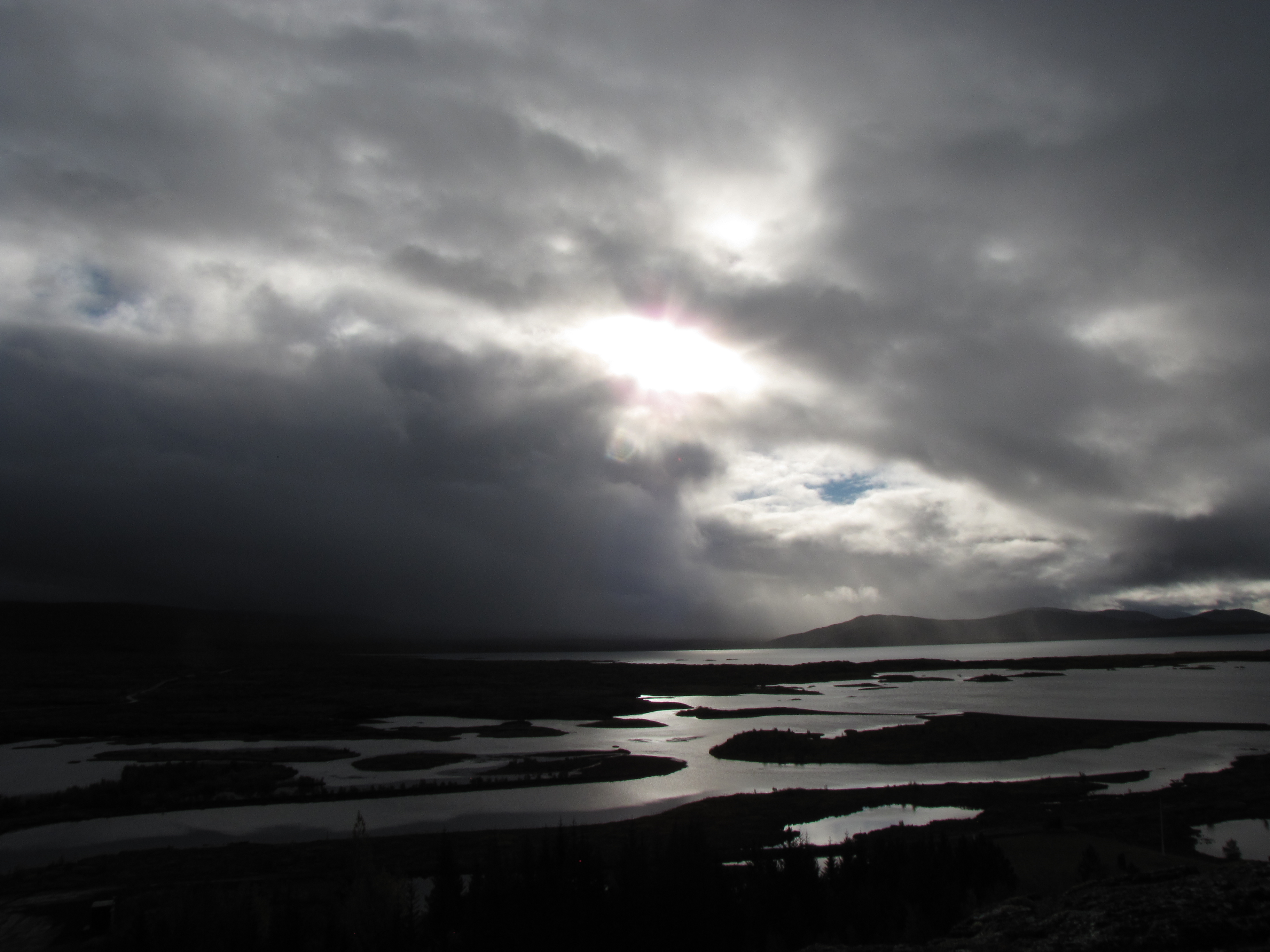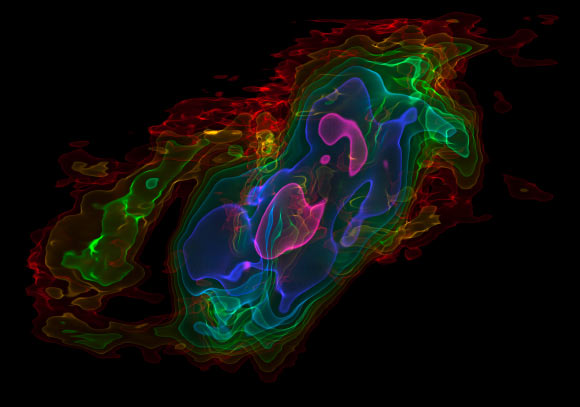Antarctica’s Anomalous Formations
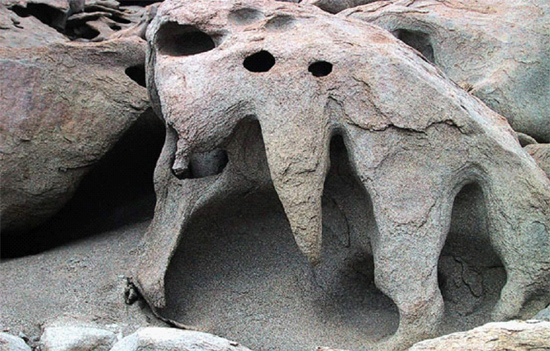
Original Post November 27, 2013 Not all the Southern Continent is frozen. It has areas like other deserts in the world: barren, dry and lifeless. Antarctica is known for being an ice-bound continent covered with glaciers and sheets of ice four kilometers deep. Its only long-term inhabitants are seabirds,…






